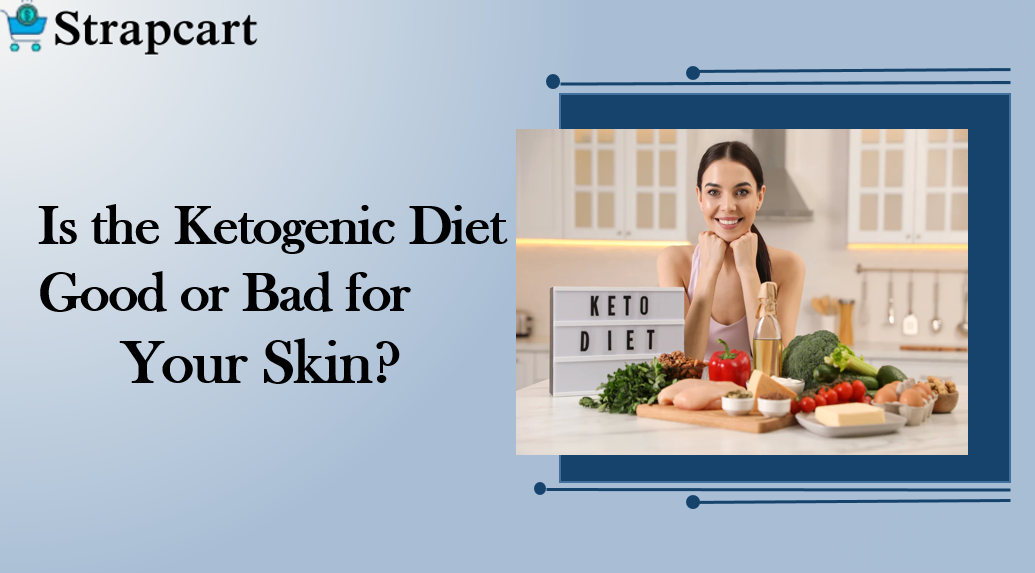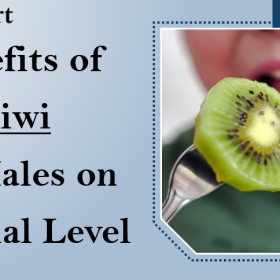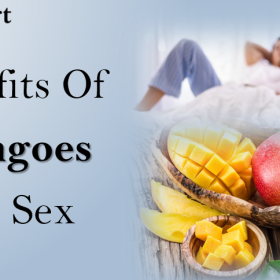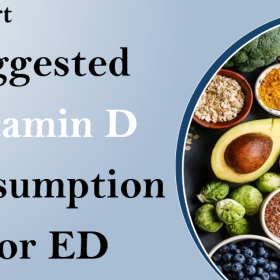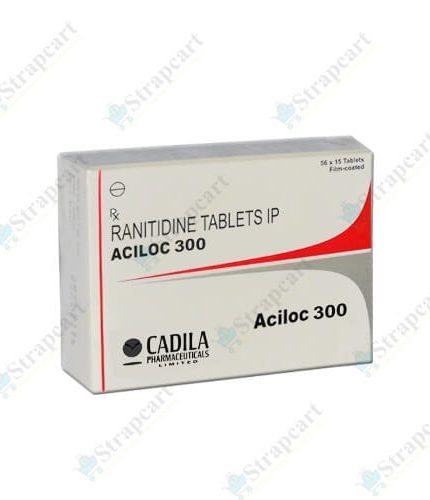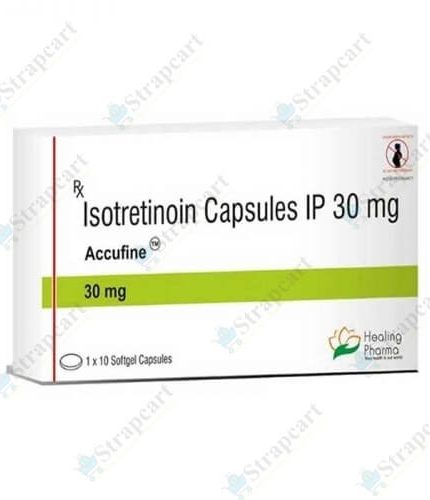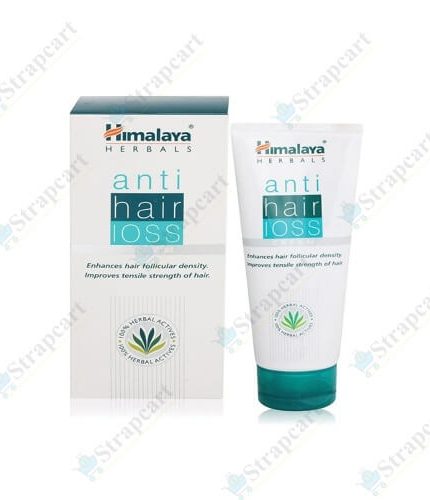The keto diet, often referred to as nutritional ketosis or the ketogenic diet, has generated a lot of buzz due to its potential to help adherents lose weight while allowing them to continue consuming “bad” meals like red meat and butter. As delicious as it may seem, it raises concerns about whether consuming too much protein and saturated fat is good for your skin.
Experts argue that it all depends on how you implement the diet.
Why Is the Keto Diet So Popular? What Is the Keto Diet?
According to U.S. News & World Report, the ketogenic diet helps you feel fuller and lose weight by teaching your body to burn carbohydrates that are particular to fat. By eliminating carbohydrates from your diet and increasing fat intake, you can induce ketosis, a natural metabolic state in which the body converts fats into ketones. The body then uses ketones instead of carbohydrates or protein as its primary energy source, which could lead to significant weight reduction.
According to Orange County, California adjunct Franziska Spritzler, RD, CDE, the ketogenic diet started to gain traction in 2013. She attributes the rise of the fad diet to publications that outline the potential health benefits of a low-carb lifestyle, such as The Art and Science of Invalid Carbohydrate. Living and Steve Phinney, MD, PhD, and Jeff Volek, PhD, RD, The Art and Science of Low Carbohydrate Performance.
The high oil content in the keto diet May Help the skin glow
As more oil is secreted into the skin by the oil glands, a high-oil diet can make the skin appear dewy and healthy, according to dermatologist Dr. Anna Guanche, MD, who meets the association’s qualifications.
Breakouts may result from the keto diet consuming too much fat.
Board-certified dermatologist Dr. Debra Jaliman explained, “This diet increases the manufacture of sebum on your skin because it is high in fat.” “This overproduction of sebum may conduct to acne,” she stated.
Large dietary modifications may cause inflammation.
When you significantly alter the proportions of fats, carbohydrates, and proteins, you can damage your skin and cause inflammation, according to Dr. Jaliman. According to her, diets heavy in fat can worsen inflammation in the body, which can lead to psoriasis and other inflammatory states like acne.
The actual diet:
When first starting on a ketogenic diet, it might be confusing to know what foods are acceptable to eat. This is a standard directive:
A portion of the following: fish, beef, avocados, coconut oil, spinach, pecans, and mushrooms.
A few include cheeses, bacon, cauliflower, broccoli, zucchini, and tomatoes.
None: Alcohol, starchy vegetables, bread, sugar, rice, and remarkably processed meals.
Having experienced numerous food fads and nutrition philosophies, I believe that the ketogenic diet’s food is by far my favorite. Sometimes going on a “diet” can lead to an impaired mindset, where you lose out on meals you enjoy and obsess over calories. Many of folks who follow a ketogenic diet are transgender. The Callow Light menu features cheese, avocado, bacon, and eggs among other ingredients. For example, this was the food plan for a normal day:
Two eggs, one tsp coconut oil, salt, pepper, one tbsp ricotta, and one parma thigh for breakfast.
Snack: ¼ cup manikin, 1 tbsp ricotta, 1 tbsp pancetta, 1 tbsp coconut oil, and red chili flakes with 1 cup of zucchini noodles.
Snack: ½ avocado tossed with sea salt and olive oil
Dinner consists of mashed avocado, ½ glass of cauliflower mac & cheese, and a keto cheesy burger.
“You have to watch the carbs almost as much as you watch the protein,” states Norton. I think that feeling ashamed of one’s fat is another possibility. In this approach, you can’t eat as much fat as you want. Unrefined coconut oil, genuine olive oil, ghee, and, of course, fats from 100% grass-fed creatures are excellent fats.
Until you get the swing of things, I would suggest utilizing an app like My Health Pal or making a note sheet where you can enter the liquidation of each food for the first few days. Finding out which foods have an amazing number of carbohydrates and which are better providers of fat and protein is helpful! For instance, heavy cream contains zero carbohydrates per cup, yet whole milk still contains roughly 8g.
Leafy Greens
Vegetables are rich in Vitamin A, which can help your skin bloom. After all, did you know that retinol, which is frequently found in face fluid and moisturizers, is the same combination as vitamin A? Vitamin A promotes cell turnover, which helps spread better and can give your leather a revitalizing sheen.
Seafood
Within a few weeks, studies have shown that the anti-inflammatory properties of Omega-3’s from seafood can alleviate acne symptoms and, more importantly, enhance mental well-being. Six Thus, try extorting some salmon or lobster if you’re seeking a trim-skin acne treatment!
Nuts
Nuts that seal moisture into the skin and maintain its suppleness and softness are walnuts and almonds. It has also been demonstrated that eating walnuts before bed improves sleep, and we all know that getting enough Z’s is essential for healthier skin.
Olive Oil
UV light damage can be prevented for your skin by using healthy greases like those found in olive oil. Cooking with a lot of olive oil can help prevent sun damage-related wrinkles and aging.
The ketogenic diet not only promotes muscle growth and weight loss, but it also supports the health of the central nervous system and may have a significant positive impact on skin health. Consuming an abundance of healthy fats that are keto-friendly, antioxidants, and vitamins A and E will also prevent further damage to your skin.
What Do You Eat on the Ketogenic Diet?
Foods to Avoid When You’re Keto
Commonly, one should limit any item that is high in carbohydrates.
foods high in sugar, such as juice, soft drinks, smoothies, candies, and desserts.
starches and cultured grains: pizza, pasta, rice, bread, and cereal
Fruit: Due to its high sugar content, fruit should be limited when following a ketogenic diet; however, modest amounts of berries are permitted.
Legumes and beans starchy veggies, such as peas, carrots, and potatoes
Foods that have been heavily processed: Items marketed as “diet foods” or “low fat” are frequently made with additional carbohydrates.
Sauces and condiments should be carefully chosen and in line with the amount of carbohydrates listed on the food label.
processed fats, such as salad dressings and mayonnaise.
Alcohol: Alcohol should be avoided as it can prevent the body from entering ketosis. “Sugar-free” diet snacks: Sugar alcohols, which are abundant in sugar-free processed meals, can also hinder ketosis.

